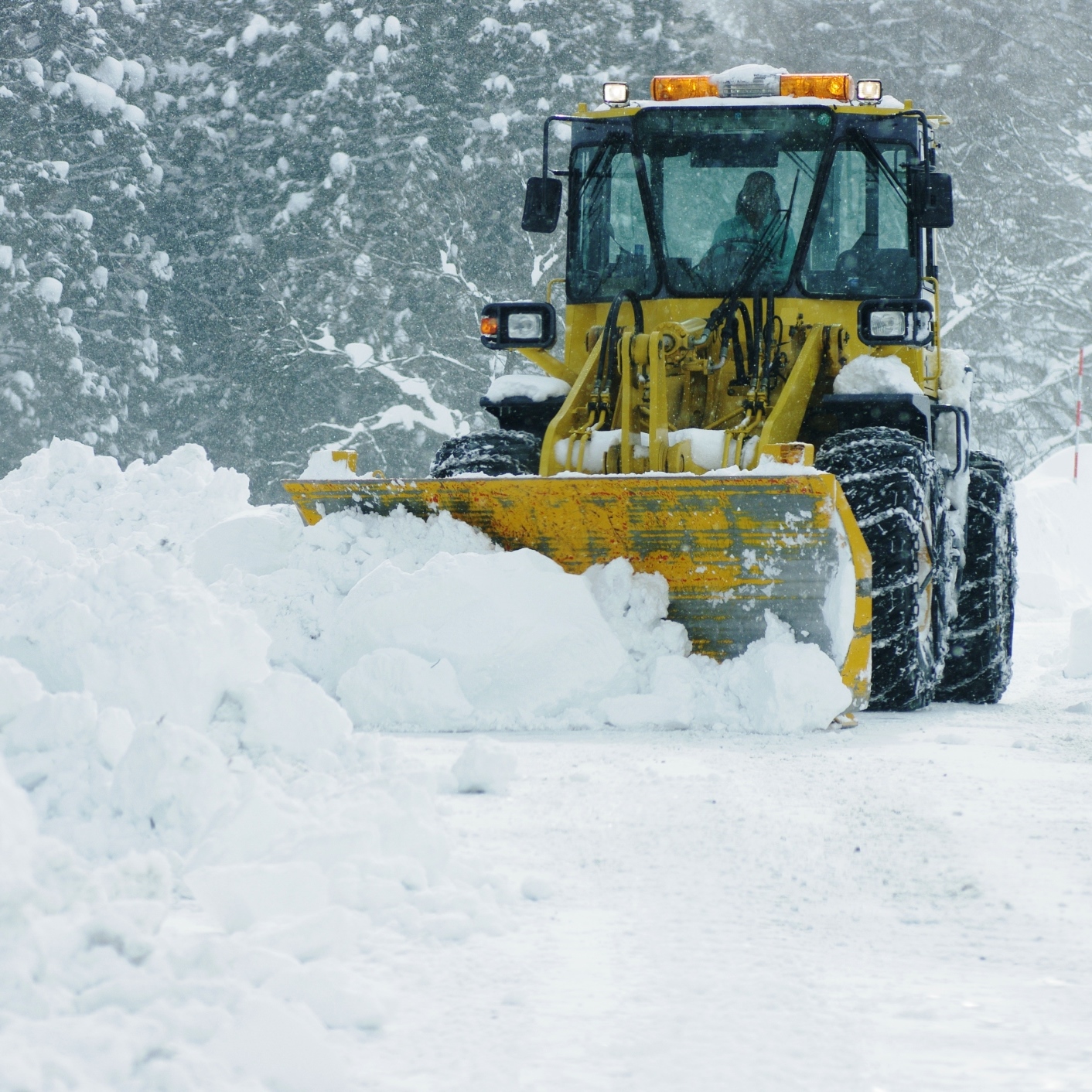
It’s not looking like that great of a day for the world of natural gas prices. Despite three nor’easter storms pounding the Northeast, the U.S. Energy Information Administration (EIA) weekly natural gas storage report showed a drawdown of 93 billion cubic feet in natural gas supplies for the week ending March 9.
Dow Jones had called for a drawdown of 99 billion cubic feet, and S&P Platts had an estimate for a 100 billion cubic feet drawdown, after dropping 57 billion cubic feet last week.
Total natural gas stocks are now at 1.532 trillion cubic feet. That figure is apparently down by 718 billion cubic feet from a year ago.
Natural gas prices were lower on Wednesday ahead of the report as well. Nat-gas for April delivery was down 5.5 cents, about 2%, at $2.731 late on Wednesday in NYMEX trading. Thursday’s reaction to the news took natural gas down another 3.2 cents, about 1.2%, to $2.699 after the release from almost $2.73 ahead of the release.
This is the sort of news that comes with mixed emotions. It’s bad for natural gas prices and for the stocks and exchange-traded products that follow natural gas prices. It’s good news for consumers who have natural gas heating bills.
The United States Natural Gas (NYSEARCA: UNG) is the key exchange-traded product that tracks natural gas prices, but it has erosion and decay over time from futures rolling and from management fees. Its shares were trading down 1.9% at $22.38 after the EIA report but were at $22.85 earlier in the morning trading.
Chesapeake Energy Corp. (NYSE: CHK) is often considered a key barometer for natural gas, and its shares were last seen up just one cent at $3.04 in New York trading. That being said, Chesapeake shares were trading at $3.10 shortly before the EIA release, and it has a 52-week range of $2.53 to $6.59.
Get Ready To Retire (Sponsored)
Start by taking a quick retirement quiz from SmartAsset that will match you with up to 3 financial advisors that serve your area and beyond in 5 minutes, or less.
Each advisor has been vetted by SmartAsset and is held to a fiduciary standard to act in your best interests.
Here’s how it works:
1. Answer SmartAsset advisor match quiz
2. Review your pre-screened matches at your leisure. Check out the advisors’ profiles.
3. Speak with advisors at no cost to you. Have an introductory call on the phone or introduction in person and choose whom to work with in the future
Get started right here.
Thank you for reading! Have some feedback for us?
Contact the 24/7 Wall St. editorial team.



